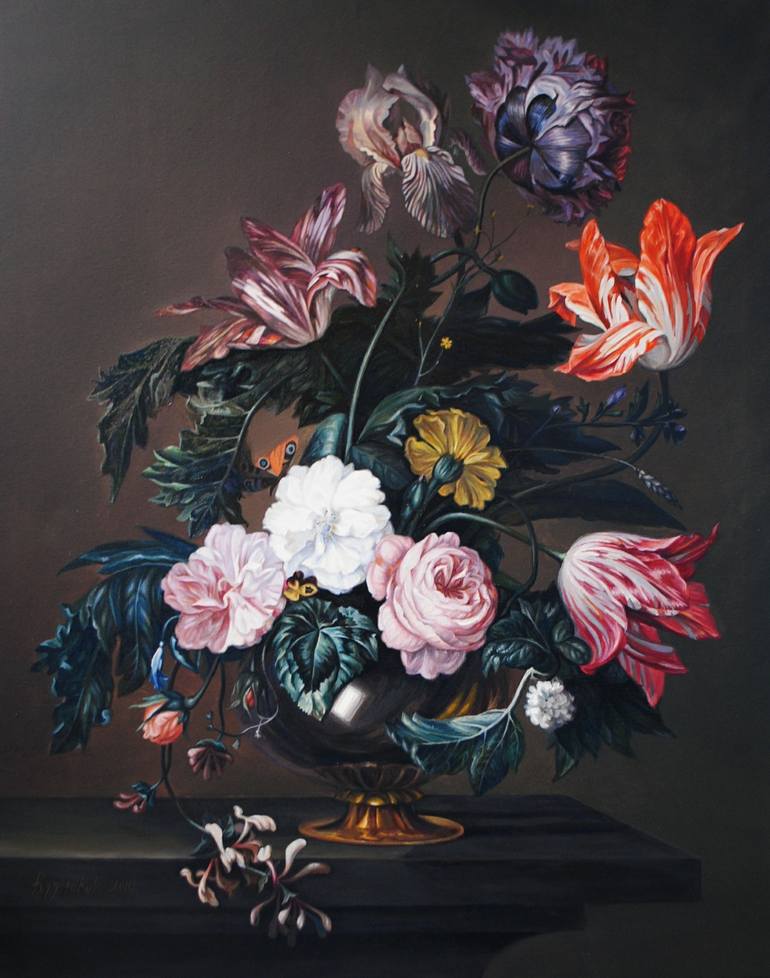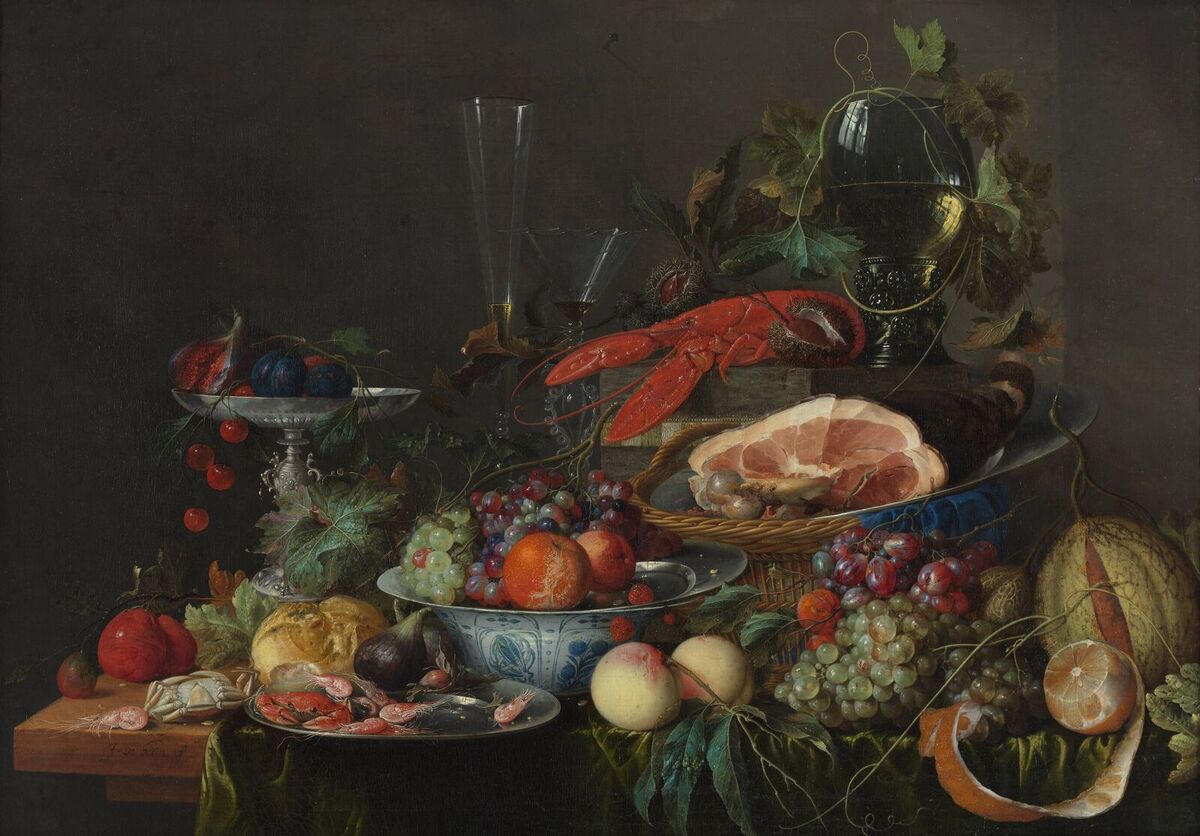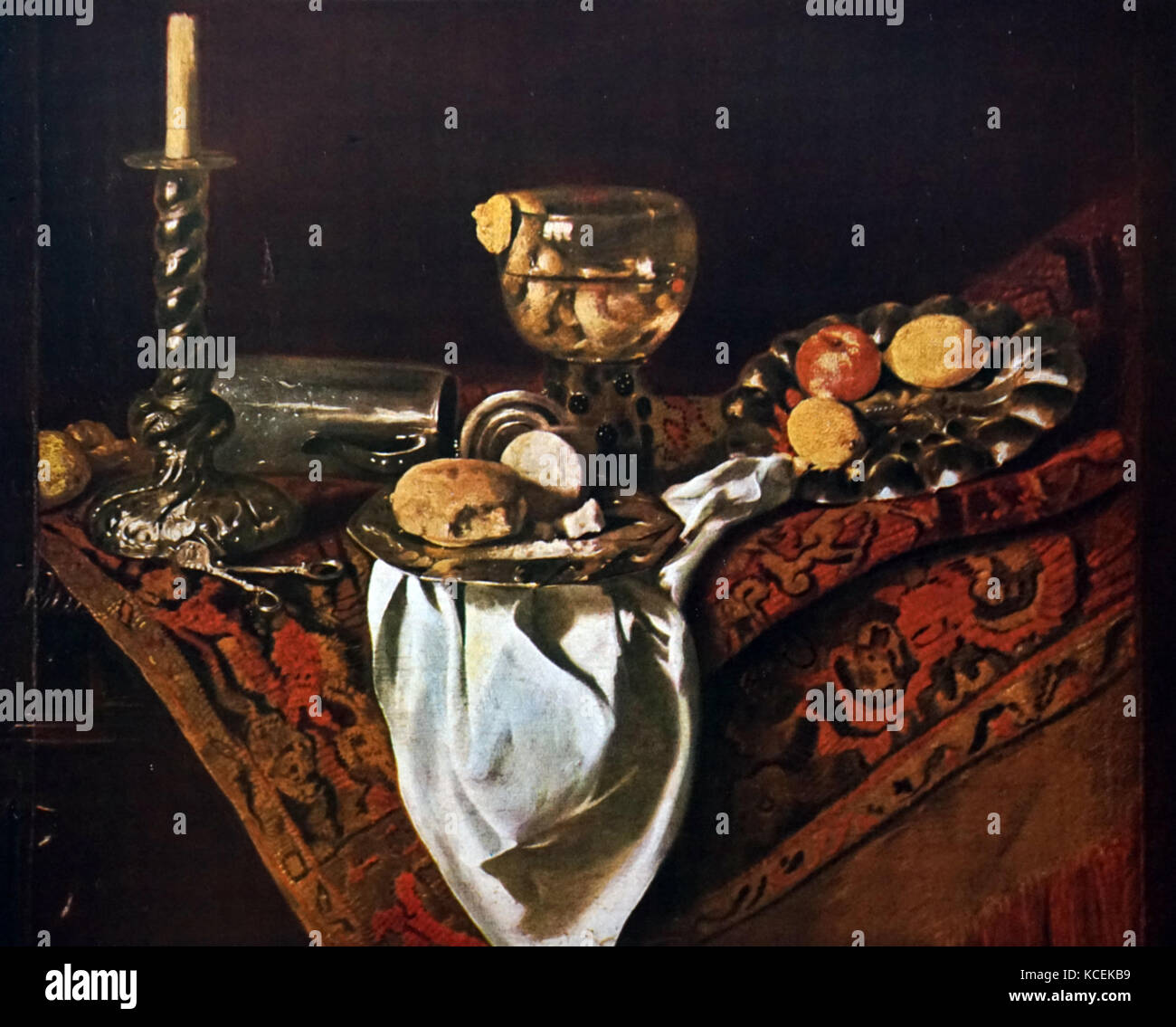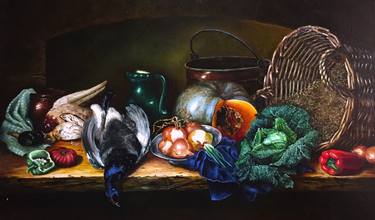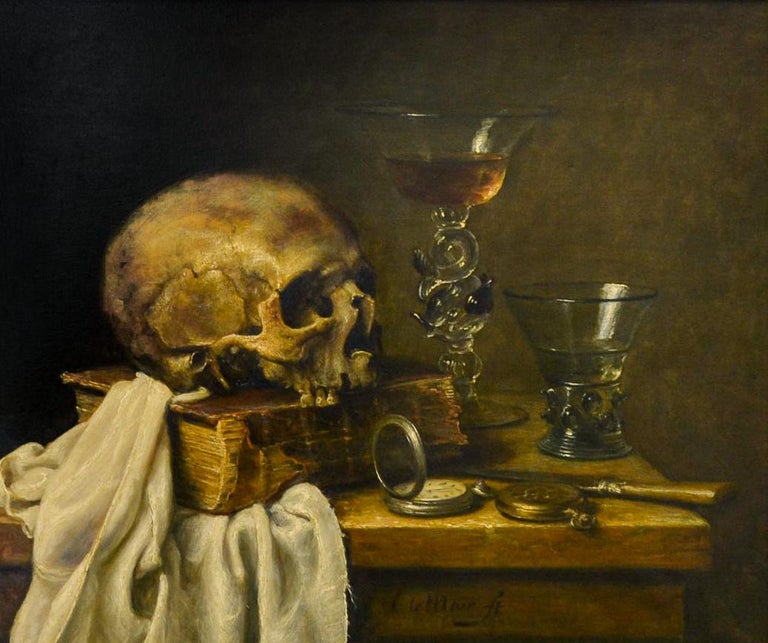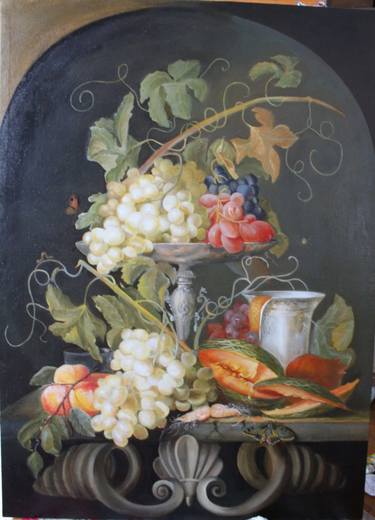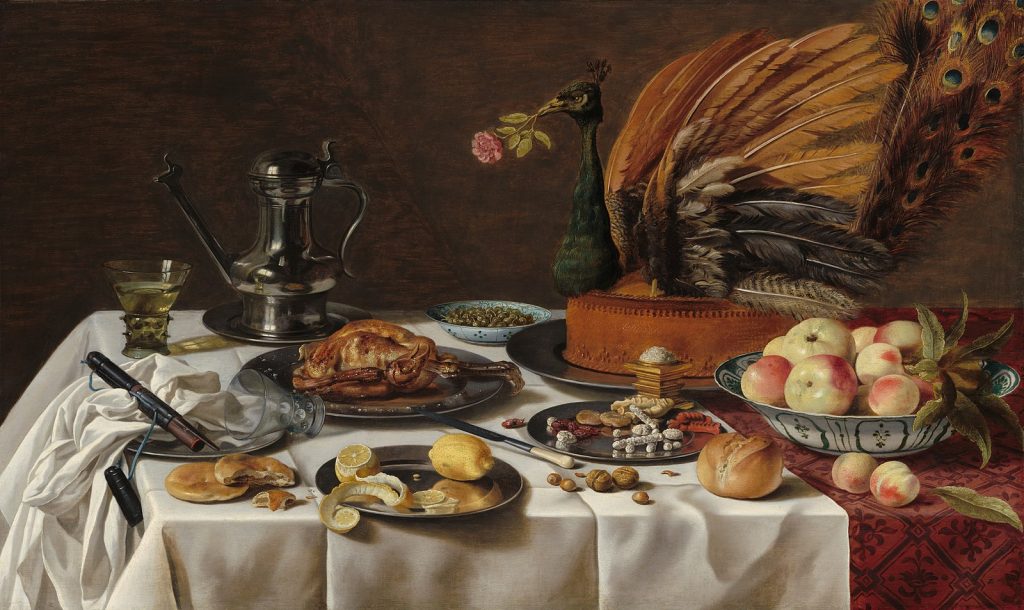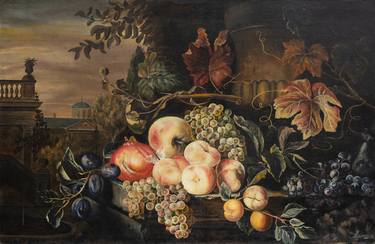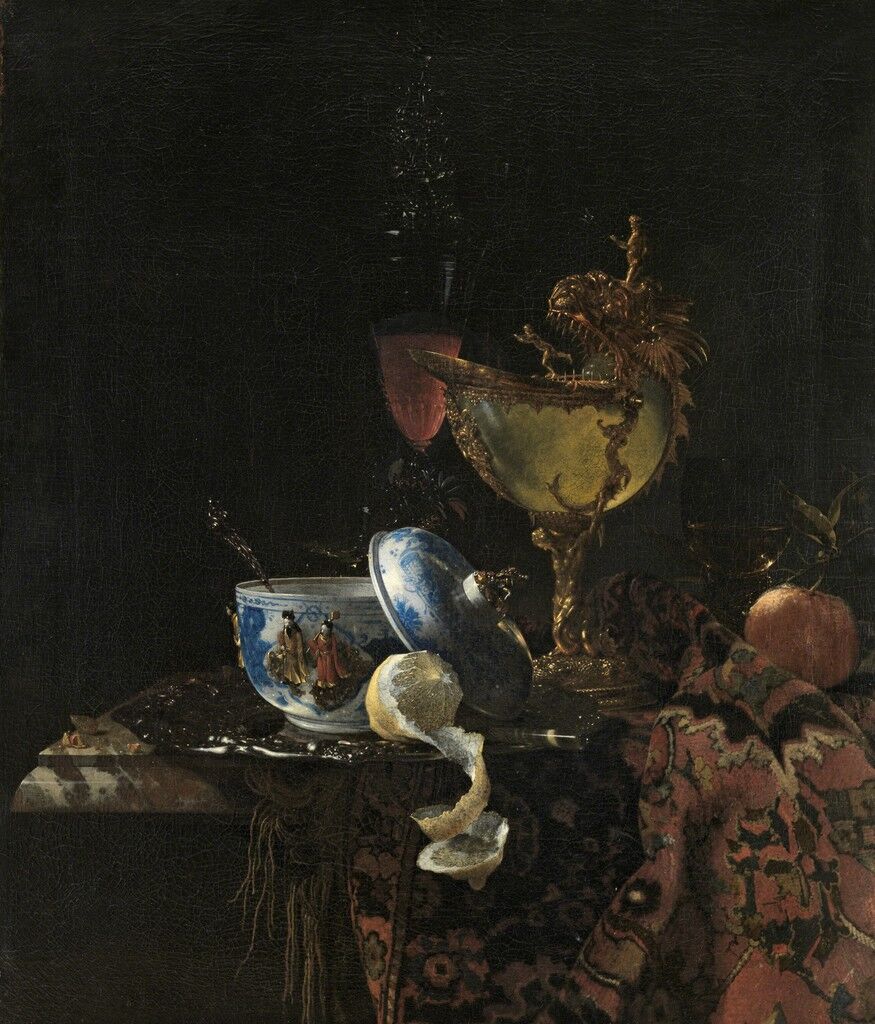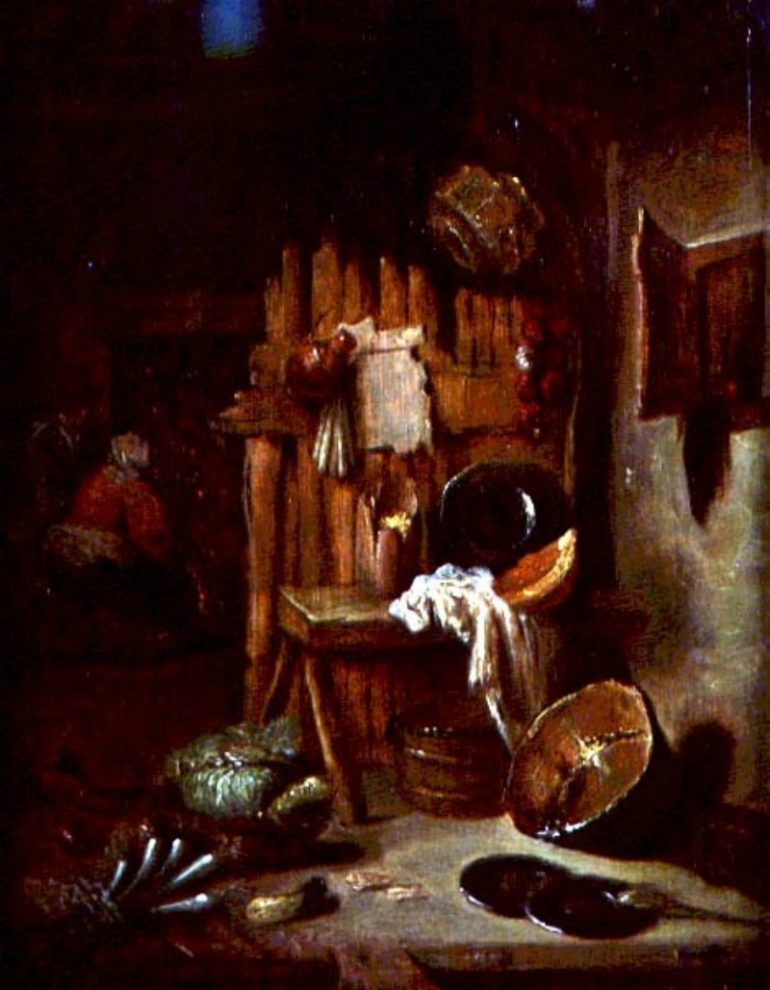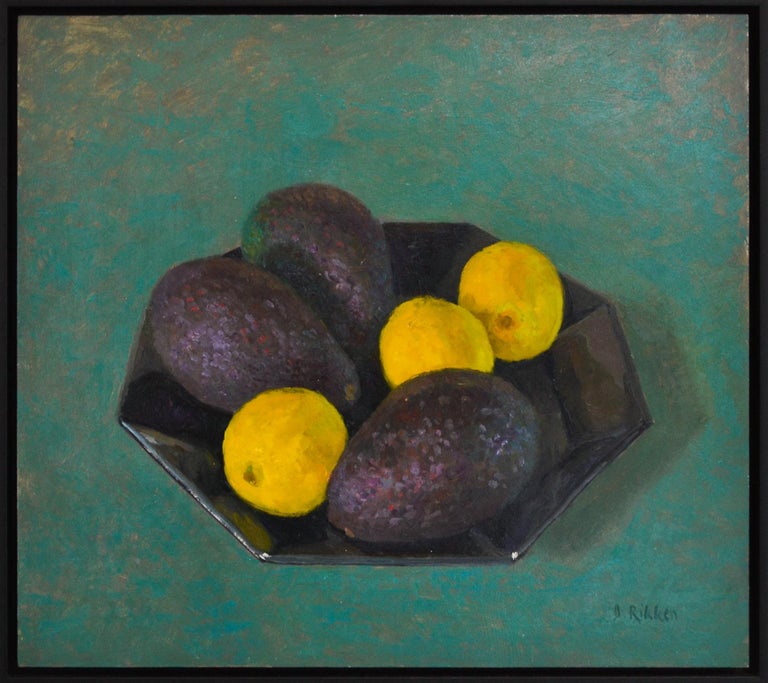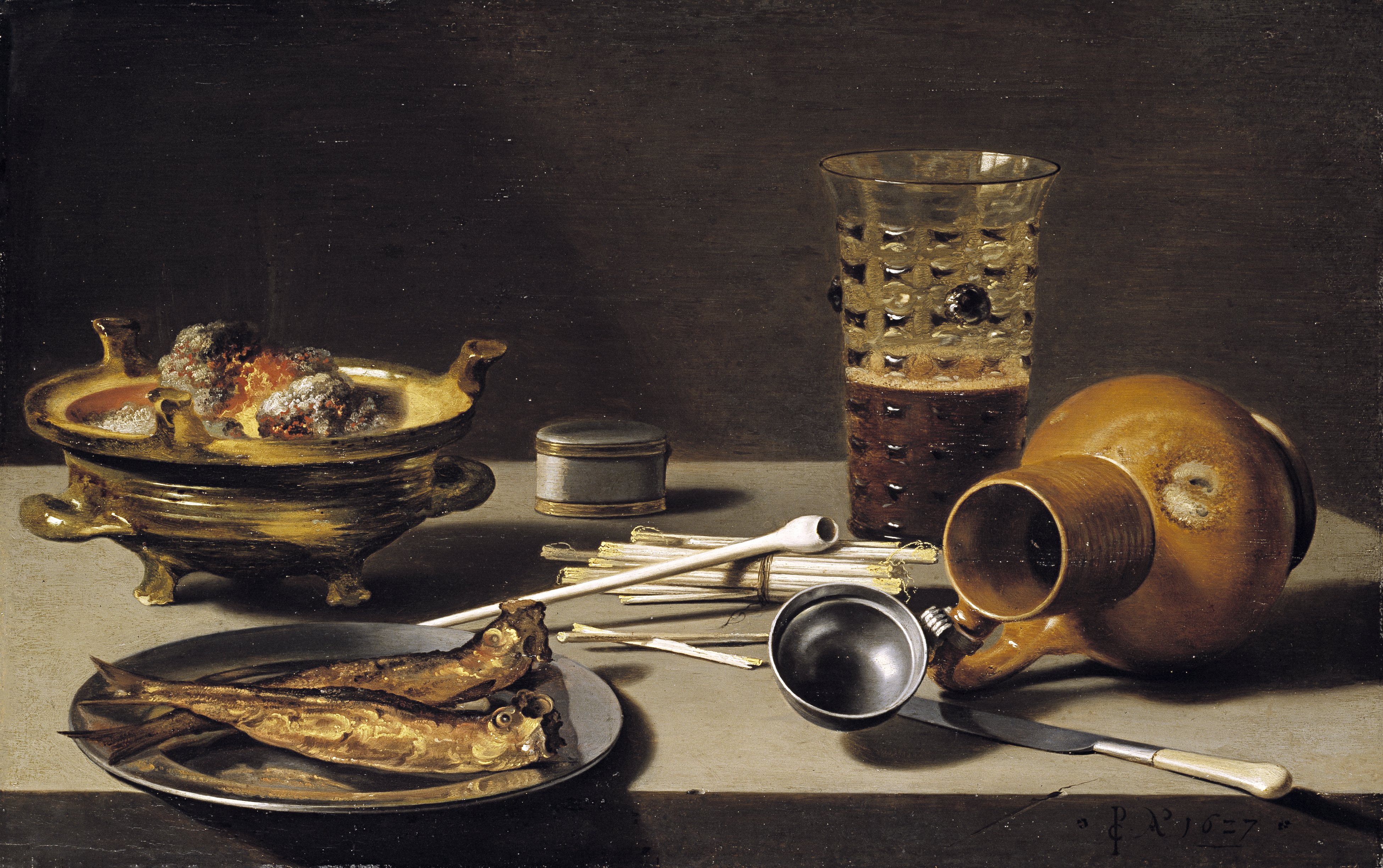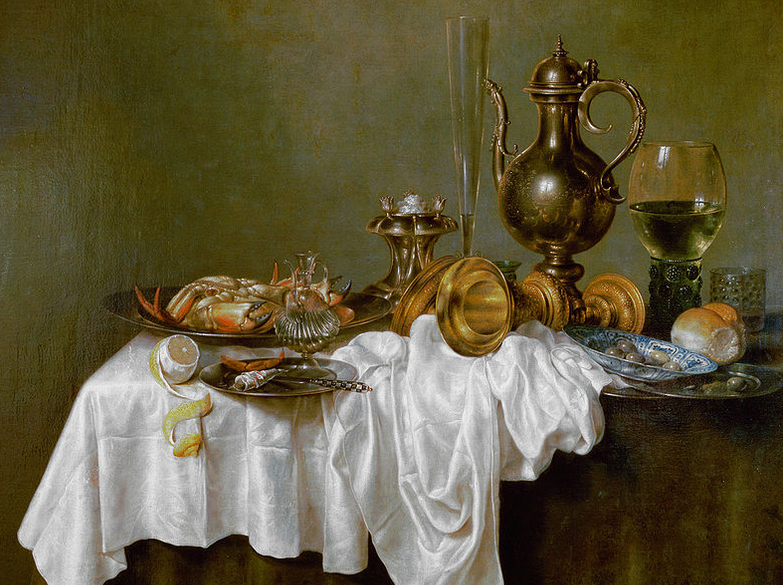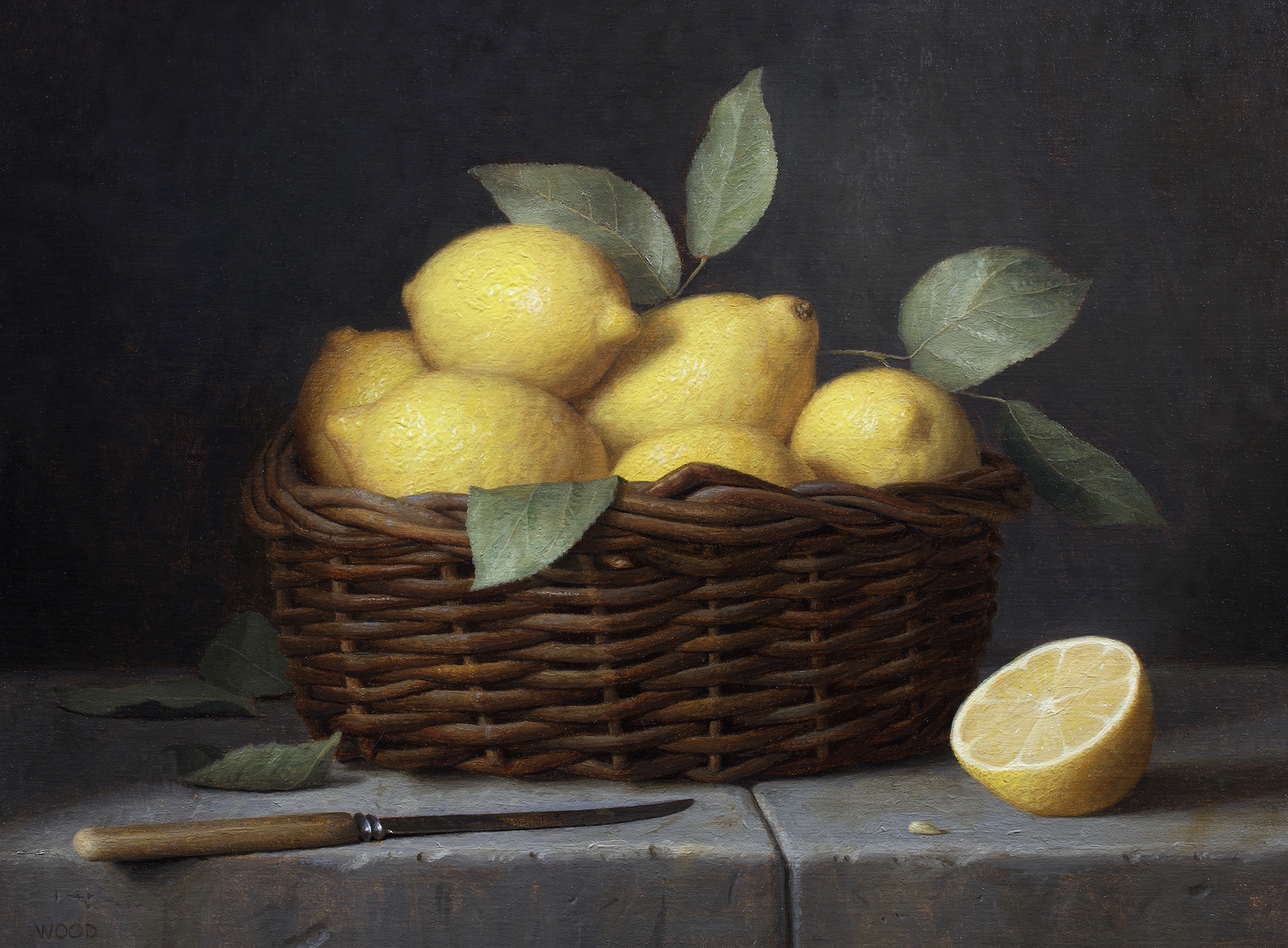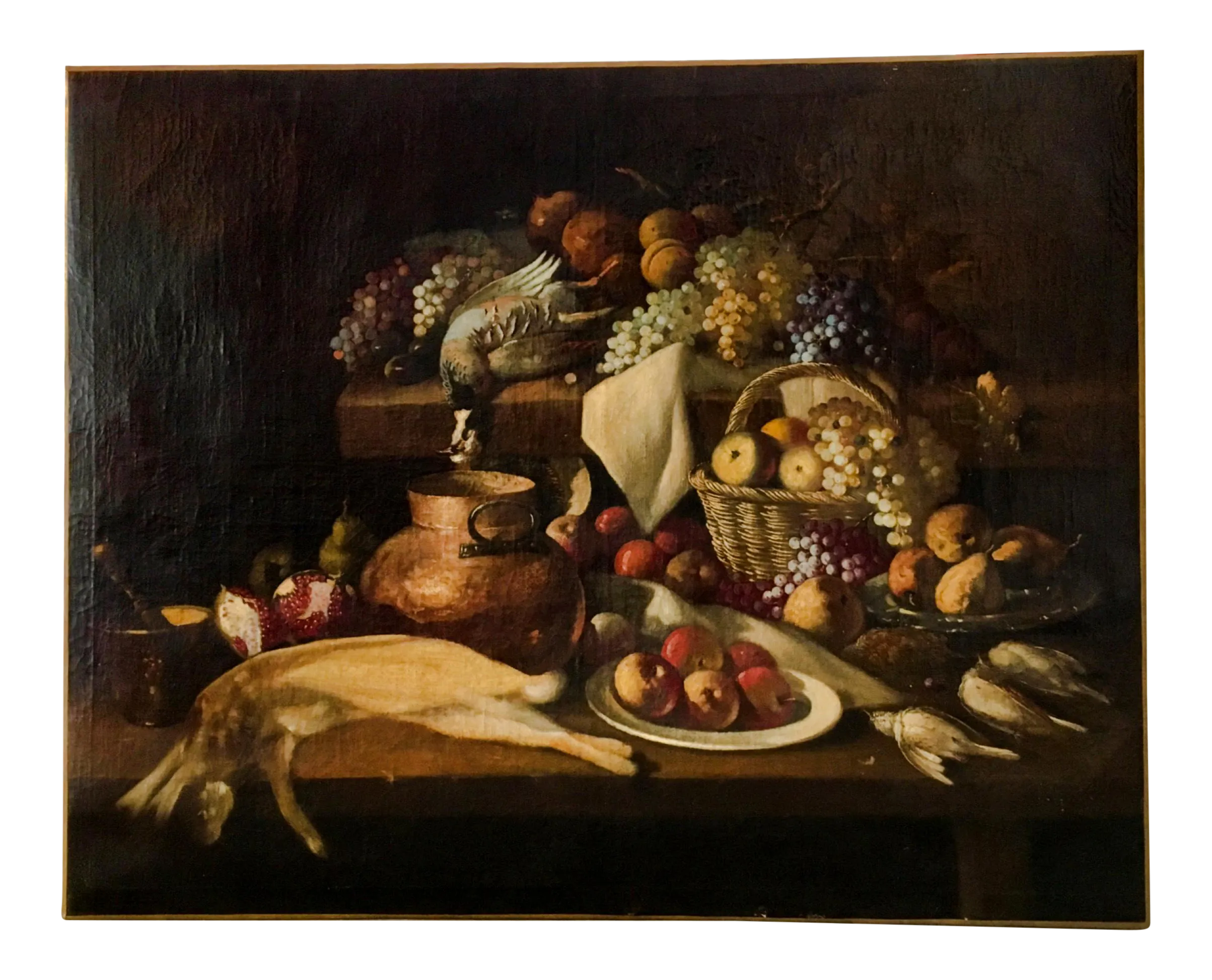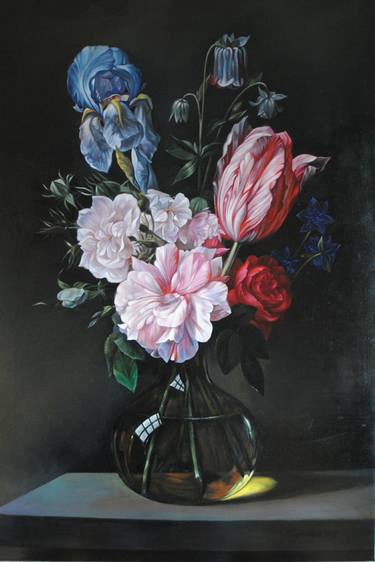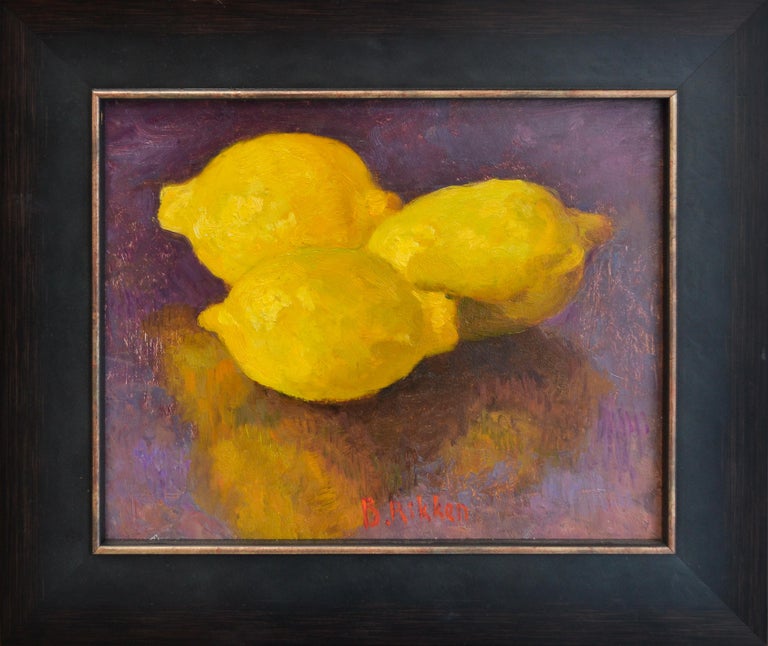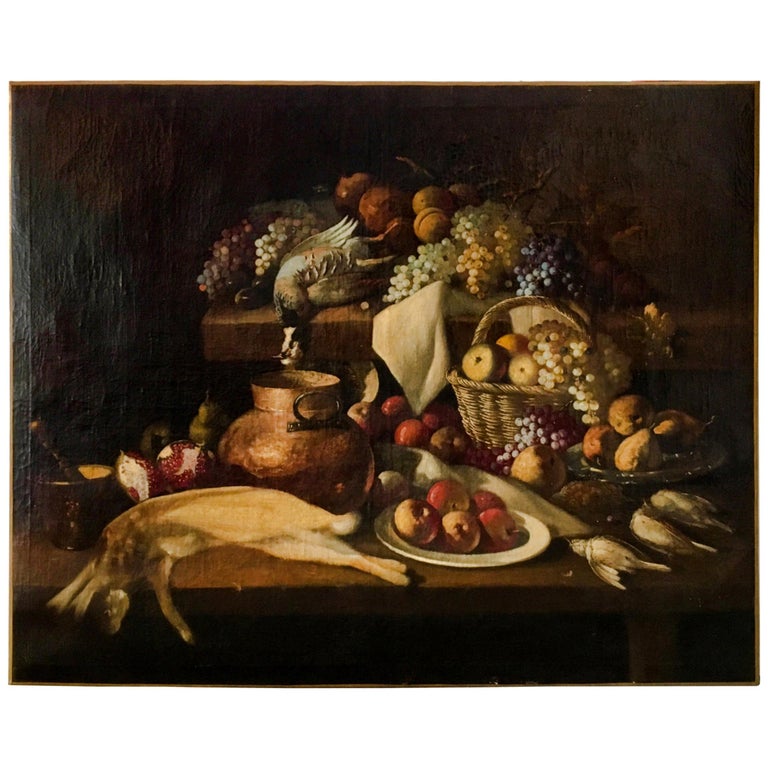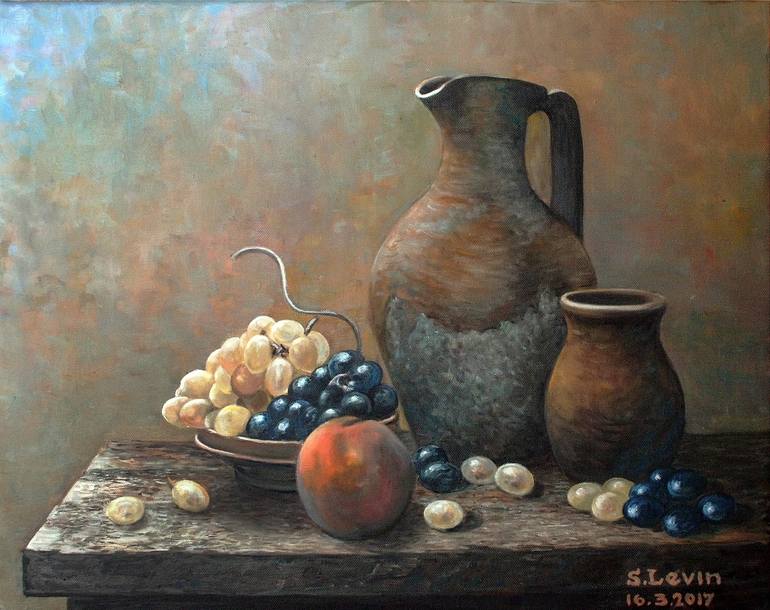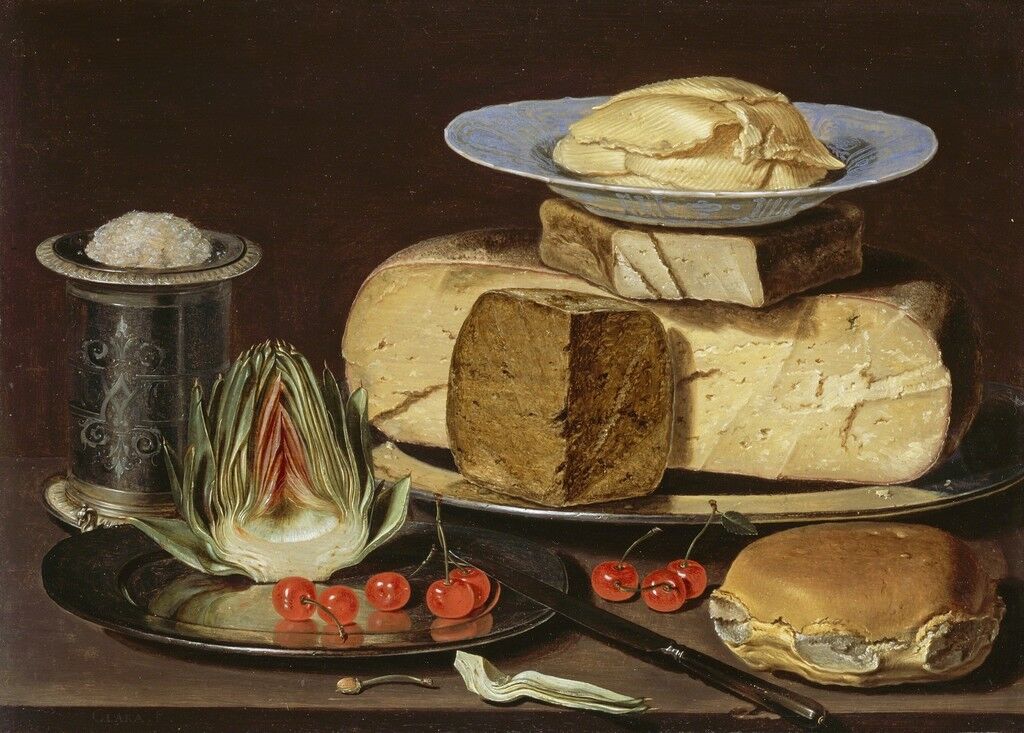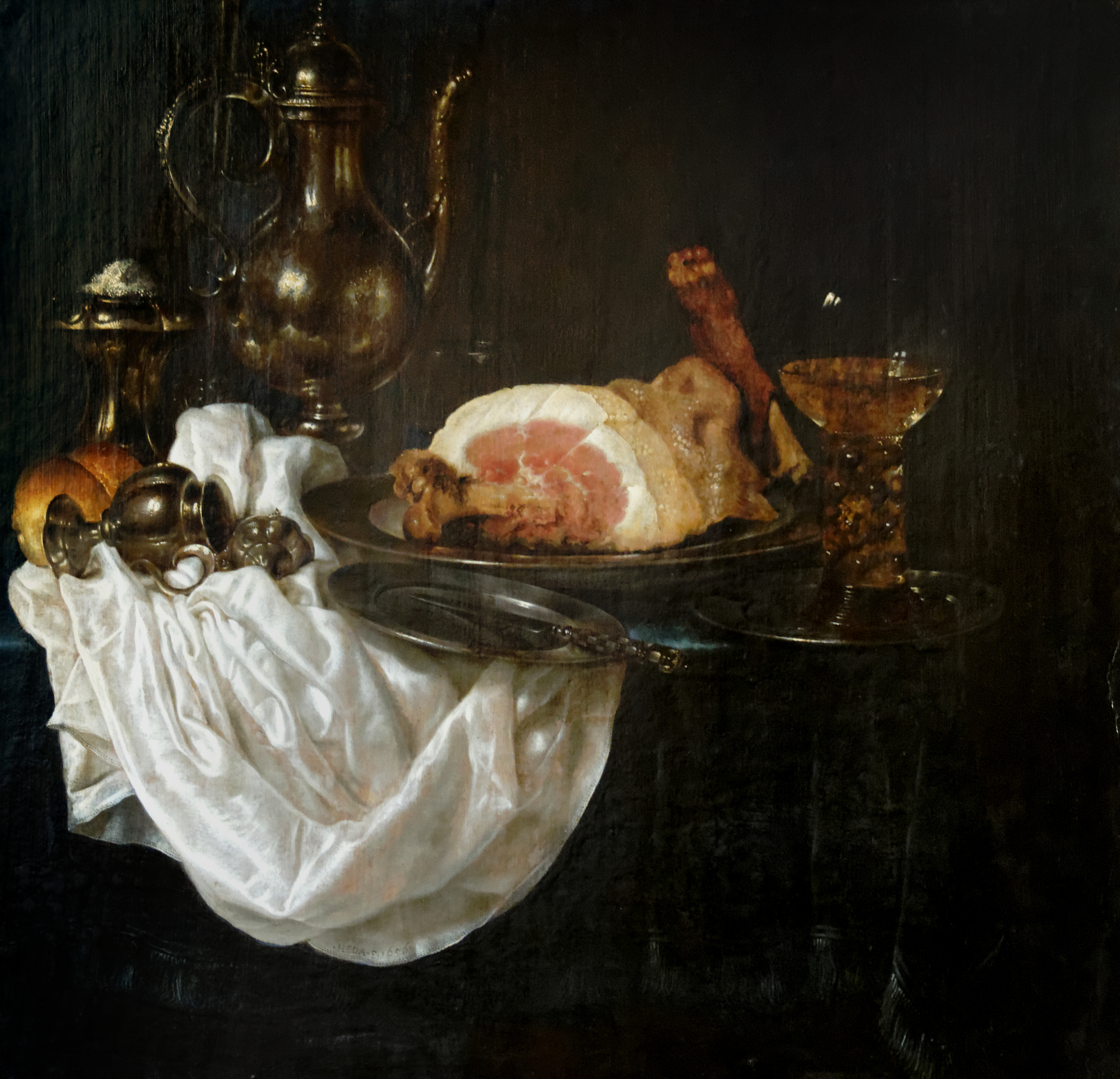Dutch Still Life Painting
Dutch golden age painting is the painting of the dutch golden age a period in dutch history roughly spanning the 17th century during and after the later part of the eighty years war 15681648 for dutch independence.

Dutch still life painting. The emergence of the dutch school of painting in the early seventeenth century is one of the most extraordinary phenomena in the history of the visual arts. Still life painting in spain also called bodegones was austere. The term still life is derived from the dutch word stilleven which gained prominence during the 16th century.
The dutch golden age led to a tremendous outpouring of still life paintings in the 17th century. The fruits and vegetables are uncooked. The earliest known still life paintings were created by the egyptians in the 15th century.
The netherlands had only recently become a political entity and was still suffering from the effects of a long and arduous war against spain. The northern netherlandish provinces that made up the new state. It differed from dutch still life which often contained rich banquets surrounded by ornate and luxurious items of fabric or glass.
Since then critics have generally belonged to two opposing schools of thought when it comes to interpreting them. By painting so called ostentatious still lives from the dutch pronkstilleven featuring selections of opulent objects kalf perfectly demonstrates his technique from a selection of shiny glittering or glassy objects as can be seen in his finest work still life with drinking horn c. Nov 4 2014 dutch still life painters.
S till life paintings have been occupying the lowest position in the hierarchy of genre art theorist samuel van hoogstraten called them foot soldiers in the army of artthough still life objects have been depicted since ancient greek and roman time for centuries they served only as a backdrop for the mythological religious or historical drama taking place in the front stage. On one side the generally somber scenes are read symbolically through the lens of. The game in spanish paintings is often plain dead animals still waiting to be skinned.
1653 housed in londons national gallery.
